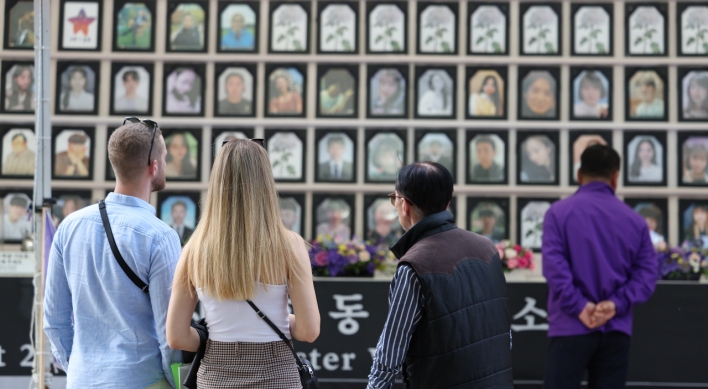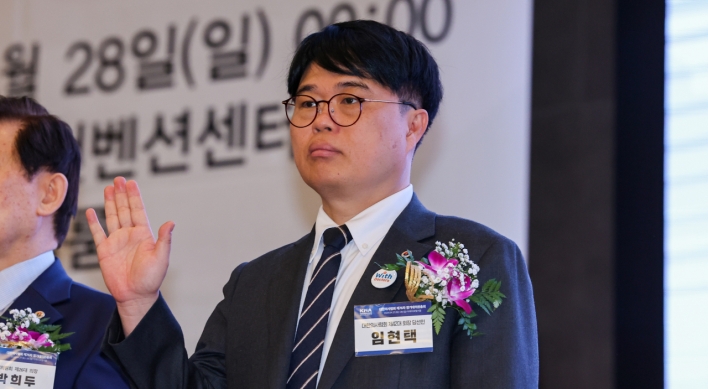‘Leonardo and The Last Supper,’ the times behind Da Vinci
By Claire LeePublished : Nov. 29, 2012 - 19:49
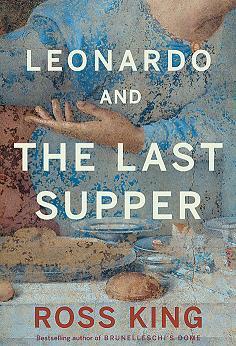
Inventor, painter, designer ― Leonardo Da Vinci was a brilliant man. This undeniable fact is borne out by his drawings, his notebooks, his paintings, and one fresco in particular ― The Last Supper in the Dominican convent of Santa Maria delle Grazie in Milan, Italy.
But, according to Ross King, it wasn’t a job Da Vinci wanted.
In “Leonardo and The Last Supper,” King gives you a portrait of the times behind Da Vinci, and the politics and decisions that went into the creation of the painting.
Renaissance Italy was split into many principalities ― Milan, Florence, Venice, all of which “vied to surpass one another not on the field of battle but in the taste and splendor of their accomplishments,” says King.
King, noted for “Brunelleschi’s Dome” and “Michelangelo and the Pope’s Ceiling” knows how to do his research. He gives you a view of the ambitious but frustrated Da Vinci at that time. “By the age of forty-two ― and in an era when life expectancy was only forty ― Leonardo had produced only a few scattered paintings, a bizarre-looking musical instrument, some ephemeral decorations for masques and festivals, and many hundreds of pages of notes and drawings for studies he had not yet published, or for inventions he had not yet built.”
Da Vinci had come to Milan a decade before, attaching himself to the court of Duke Lodovico Sforza in anticipation of creating weapons and war machines. Unfortunately, the artist’s time was more spent creating trivial entertainments and stage plays. He had pitched the idea of a great bronze horse statue as a monument to Lodovico’s father and “eight to ten” years later, he had nearly completed the clay model when Milan went to war.
But, according to Ross King, it wasn’t a job Da Vinci wanted.
In “Leonardo and The Last Supper,” King gives you a portrait of the times behind Da Vinci, and the politics and decisions that went into the creation of the painting.
Renaissance Italy was split into many principalities ― Milan, Florence, Venice, all of which “vied to surpass one another not on the field of battle but in the taste and splendor of their accomplishments,” says King.
King, noted for “Brunelleschi’s Dome” and “Michelangelo and the Pope’s Ceiling” knows how to do his research. He gives you a view of the ambitious but frustrated Da Vinci at that time. “By the age of forty-two ― and in an era when life expectancy was only forty ― Leonardo had produced only a few scattered paintings, a bizarre-looking musical instrument, some ephemeral decorations for masques and festivals, and many hundreds of pages of notes and drawings for studies he had not yet published, or for inventions he had not yet built.”
Da Vinci had come to Milan a decade before, attaching himself to the court of Duke Lodovico Sforza in anticipation of creating weapons and war machines. Unfortunately, the artist’s time was more spent creating trivial entertainments and stage plays. He had pitched the idea of a great bronze horse statue as a monument to Lodovico’s father and “eight to ten” years later, he had nearly completed the clay model when Milan went to war.
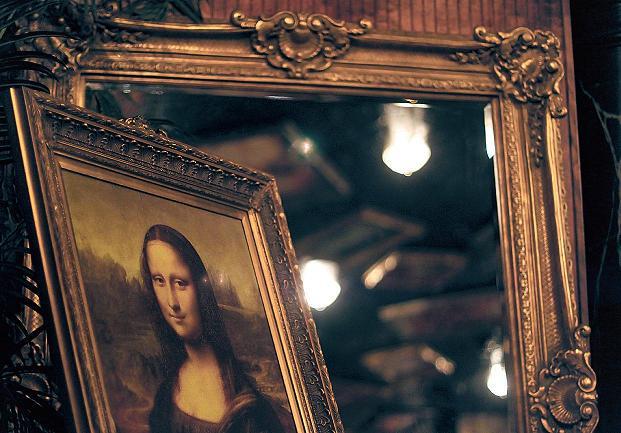
The artist longed for something more eternal to add to his reputation but ran into the problem that his patron knew that Leonardo was “notorious for his slow progress.” Finally Sforza gives him the convent assignment.
Da Vinci wasn’t a fresco painter but he read avidly and applied what he learned from others. For example, Ross suggests that in mixing his plaster Da Vinci might of read “De re aedificatoria (On the art of building)” by Leon Battista Alberti which mentions using oil paints on a dry wall. Da Vinci “began adding his paints in successive layers, allowing one to dry before adding the next: A process impossible in fresco.”
In a time when literary wasn’t common but everyone knew the story that a religious painting told, a painting of apostle’s hand gesture was important. “Leonardo and The Last Supper” takes you back into a time when every painted face, every painted gesture had multiple meanings to the people of the time, but unknown to people today. It is a fascinating history of a world famous painting.
By Tish Wells
(McClatchy Newspapers)
(MCT Information Services)







![[Music in drama] Rekindle a love that slipped through your fingers](http://res.heraldm.com/phpwas/restmb_idxmake.php?idx=644&simg=/content/image/2024/05/01/20240501050484_0.jpg&u=20240501151646)
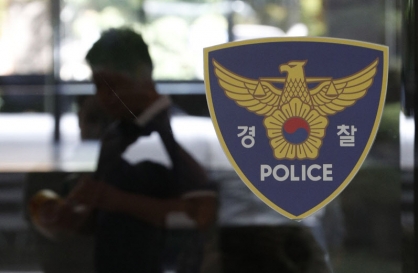
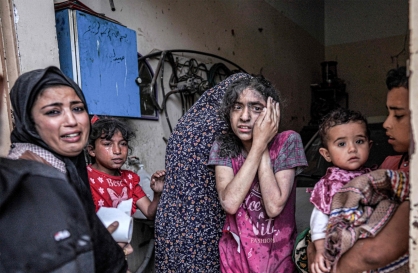

![[New faces of Assembly] Architect behind ‘audacious initiative’ believes in denuclearized North Korea](http://res.heraldm.com/phpwas/restmb_idxmake.php?idx=644&simg=/content/image/2024/05/01/20240501050627_0.jpg&u=20240502093000)


